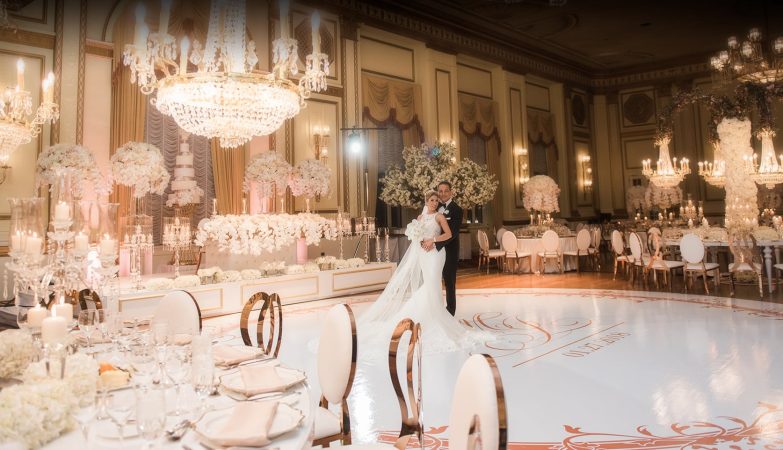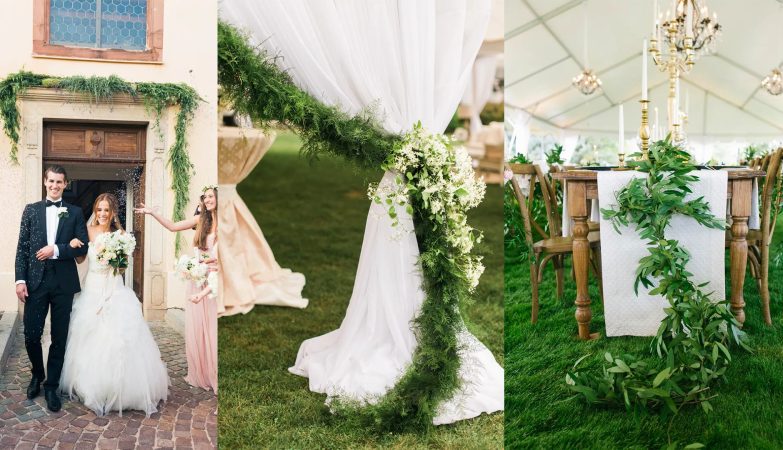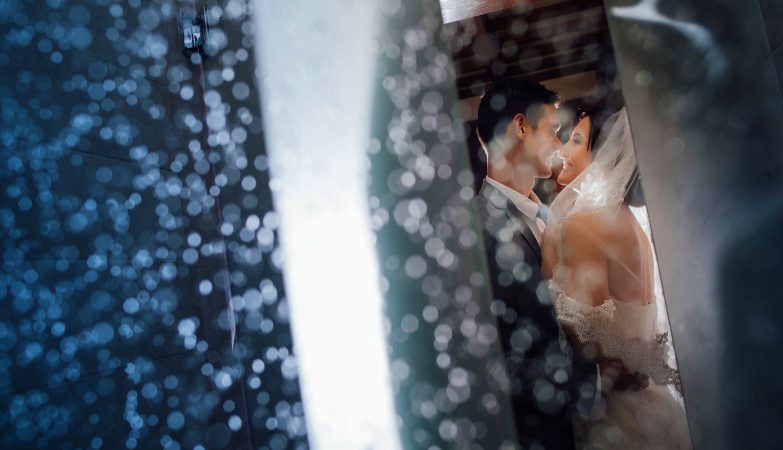
Would you like to know the difference between matte vs glossy photographs? There seems to be a confusing array of photographic finishes available these days, and this article aims to help you decide which is right for you – matte vs glossy?
Printed photos are making a bit of a comeback after being banished to the wilderness for 10-15 years by digital photography. Take the growing popularity of Instax cameras from Fujifilm, which are breaking all holiday sales records! Photo printing services are also benefiting from this resurgence of film. More people want physical photographs that they can actually hold, put in an album, and look through with their family and friends instead of scrolling through a screen.
MATTE VS GLOSSY
Matte and glossy photographic papers are the two most popular photo finishes, but each one makes your photographs look very different.
Matte paper tends to absorb light, so the finish has no reflections when viewed under a light source.
Glossy paper tends to be what most folks think of when you talk about prints, and it’s true that they make photos look good. However, there are different types of glossy finishes (just to make it more confusing!), like luster, satin, semi-glossy etc.
However, you can basically define glossy paper as having obvious reflections when you shine a light on it. Glossy finishes are more or less the same as matte papers, but they have an extra layer on top to reflect as much light as possible and give that shiny surface.
MECHANICS OF GLOSSY VS MATTE SURFACES
Matte: Matte photo paper is designed to minimize the reflection of light, and it does this by a combination of the refractive and light scattering properties of the matte coating.
Refractive simply means that light is scattered, instead of reflected, by a surface layer. The light that hits a matte surface is scattered in different directions because it has an uneven surface. This effect is created by many small indentations of the surface of matte finishes.
Matte finishes also absorb more light as well as scattering it, which give that flat, nonreflective look. If you’re not so hot on the scientific explanation, just think of the difference between matte and glossy paint in your home décor – matte paint doesn’t reflect light back, while glossy paint finishes do. It’s the same principle as photo paper finishes.
Glossy: Glossy photo papers are designed to be as reflective as possible, and the most reflective of all is high-gloss. For a less reflective but still glossy surface, there is semi-gloss (also called luster or satin).
The mechanics of glossy paper are the opposite of matte. Because of an extra layer of the reflective coating, light isn’t absorbed by the paper – it’s reflected off the surface instead, so it’s non-refractive.
ADVANTAGES OF GLOSSY PHOTOS
What makes glossy finishes a good choice?
- Gloss enhances the colors of an image, making it more vibrant
- It also adds definition to the image borders to make your photos look brighter and give extra clarity
- The gloss finish gives your photos a contemporary, modern feel
- Can be inexpensive and readily available
DISADVANTAGES OF GLOSSY PHOTOS
There are some downsides of glossy prints:
- It tends to work best on smaller prints. This is because the larger the photo, the larger the light reflection. This can make it difficult to see the image clearly from some angles.
- Glossy finishes don’t go well with glass frames. The glass will only intensify the glare of the reflection on your photo. Glossy photos also tend to look like they have a bit of an oily residue on areas where they stick to the glass. This is due to the sticky nature of the gloss coating.
- Gloss photos are also easily scratched or damaged by fingerprints.
ADVANTAGES OF MATTE PHOTOS
What good points do matte photos have?
- You can display them in well-lit areas or near light sources without reflections becoming a problem.
- You can put them in glass frames without them sticking to the glass.
- Matte prints are more resilient when it comes to handling, and can deal with fingerprints a lot better than glossy finishes.
- They work well with old-fashioned types of photos that are printed in sepia or black and white.
DISADVANTAGES OF MATTE PHOTOS
As with most things, there are some downsides to matte prints!
- Colors don’t look as vibrant as they do with glossy finishes
- Matte photos reduce the sharpness of an image, so they are not a great choice for high definition photos.
- Matte finishes tend to require more ink to give your colors good saturation, so they can be more expensive than gloss.
WHEN TO USE GLOSSY PHOTOS
Matching your photos with the appropriate print finish requires a little thought, but here are some pointers for when to choose a glossy finish:
- If you have vibrant, highly colored photos that you want to emphasize, choose gloss.
- High definition photos where clarity and sharpness are important will benefit from a gloss finish
Look through the options on paper from your printer, and try to buy the highest-quality gloss paper you can afford for the best finish.
WHEN TO USE MATTE PHOTOS
There are some kinds of photos that will look much better with a matte finish:
- If you want to put your photos on a wall behind glass, matte will reduce the light glare and allow people to enjoy your photos as you intended them to be seen.
- Matte finishes tend to suit sepia and black and white toned prints better than color ones, but color landscape scenes can often look very dramatic when printed in matte.
CONCLUSION GLOSSY VS MATTE PHOTOS
You should also have a think about how you want to display your prints. If you have matte prints for display, place them near a light source or a window to absorb more light. If you are printing with glossy paper, place the print with a light source directly above it or somewhere there is no direct light on it.
Hopefully, we’ve managed to make the matte vs. glossy question a bit clearer for you and give you some food for thought!
originally posted on phototraces.com







